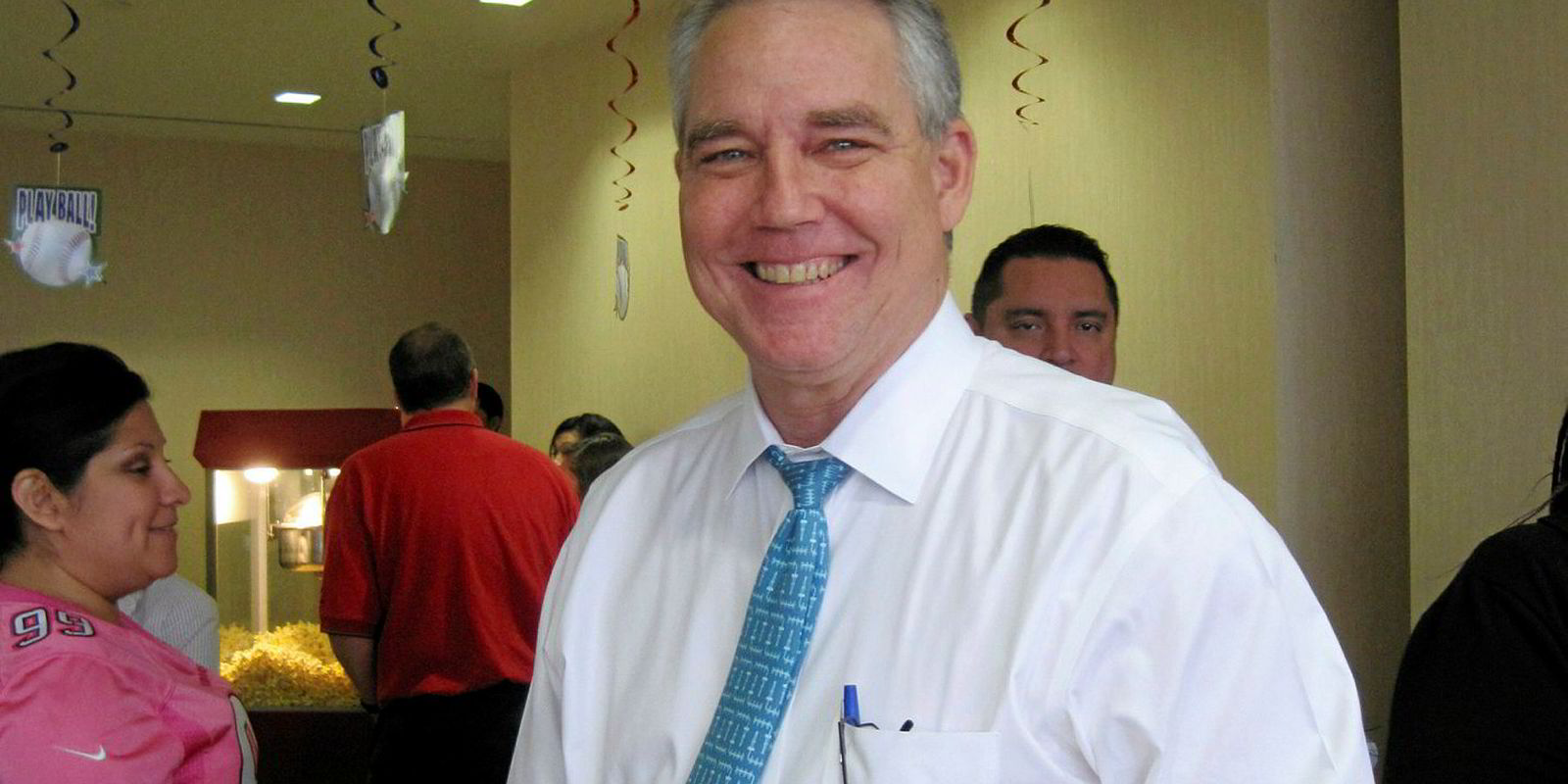Tidewater’s number one priority at the moment is to reach cash flow break-even “or die trying”, according to chief financial officer Quinn Fanning.
The US-listed offshore vessel owner, which recently wiped out a $1.3bn debt pile with its Chapter 11 restructuring, is also planning to do so by cutting costs further rather than betting on any upturn in the offshore market.
“The mandate from [interim CEO] Larry Rigdon, now [new CEO] John Rynd and our board, to be clear, is that we’re going to get to a cash flow break-even or something very close to it on the basis of the market that we have today... or die trying,” Fanning said during the fourth-quarter conference call.
“We are dealing with a revenue reality as opposed to a revenue objective. We are where we are, in terms of $100m-plus a quarter in vessel revenue, and what we’re trying to do is to size the cost structure to get to a break-even in that context, on an after-tax and after-leverage basis.”
Tidewater has already cut its staff by about 850 people, reduced wages and benefits, and consolidated offices. The iconic New Orleans office on Poydras Street, which has been the home of Tidewater since its start in 1955, is even on the chopping block, with activities gravitating to Houston in Texas.
Fanning said the company is looking at “downsizing, if not ultimately closing, the New Orleans operation”. Other efficiencies could be in the supply chain and in global purchasing.
“We’re not banking on some significant recovery in the market to achieve the cash flow break-even. Will we get there in one quarter or two quarters? I don’t know. But we’re certainly making decisions from office closures and the like, and our downsizing decisions, on the basis of the current run rate of revenue,” Fanning said.
“That said, we see some positive signs in the market that would point to at least some better utilisation and potentially better day rates as the year progresses. And particularly as we get into 2019, when we see some uptick in drilling activity, I think that’s something we’re just going to wait to see how the market develops but the positive signs are out there to some extent.”
Pareto Securities expects Tidewater to reach its goal at least by the end of this year.
The owner of 229 offshore support vessels emerged from bankruptcy in July 2017 and adopted fresh-start accounting. With $453m of cash at 30 December, net debt was a negative $5m.
Tidewater turned in a net loss for the fourth quarter of $23.6m from revenue of $104.5m.
The loss included $16.8m in non-cash impairments, as well as $2.4m in costs related to the restructuring, or about 81% of the red figure.
Ebitda, which is often used as a performance indicator of any company’s operating profitability, beat analysts’ expectations. Tidewater’s consolidated Ebitda for the quarter was $13.3m, about $10m above consensus.
Clarksons Platou Securities, which has a “buy” rating on Tidewater, as does Pareto, believes the global owner is exceptionally well placed to be a market consolidator.
“I think that you can’t force consolidation. Obviously, we are in a unique and good position relative to our peers,” Rynd said.
“So we’re in a position to do consolidation and look at it hard, which we will.
"There is no timeline here and there are no deals on the table but it is something that any good management team always looks at, whether that be another peer and its entire fleet or individual assets that you could plug into one of your key markets.
"I think that this will be an ongoing process at Tidewater that we will look to opportunistically take advantage of the marketplace and the strength of our balance sheet.”






